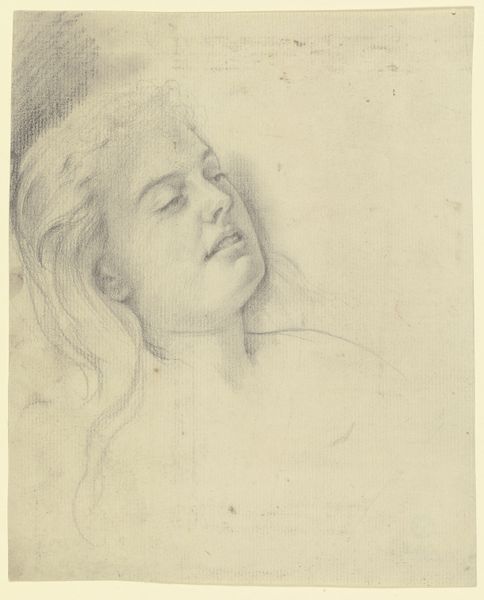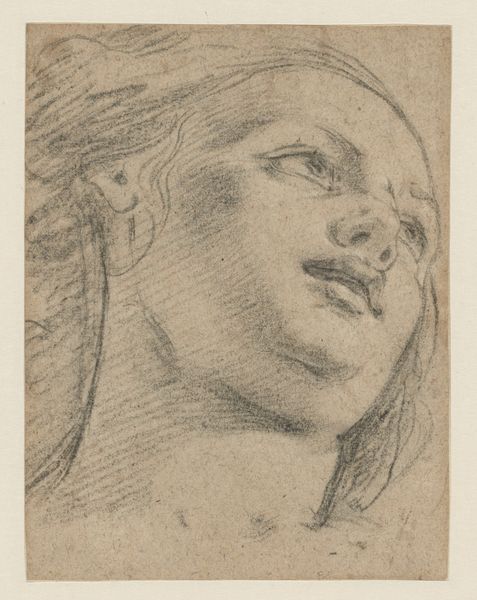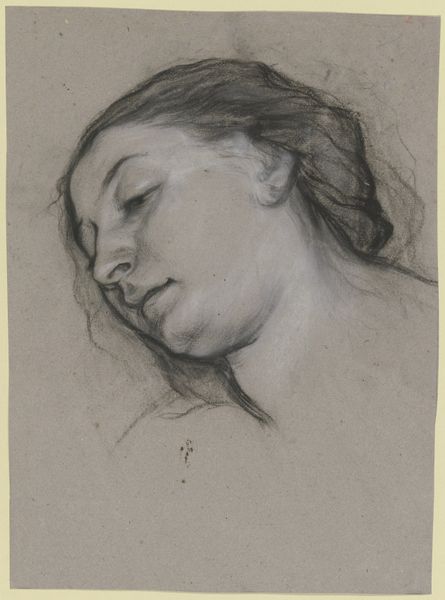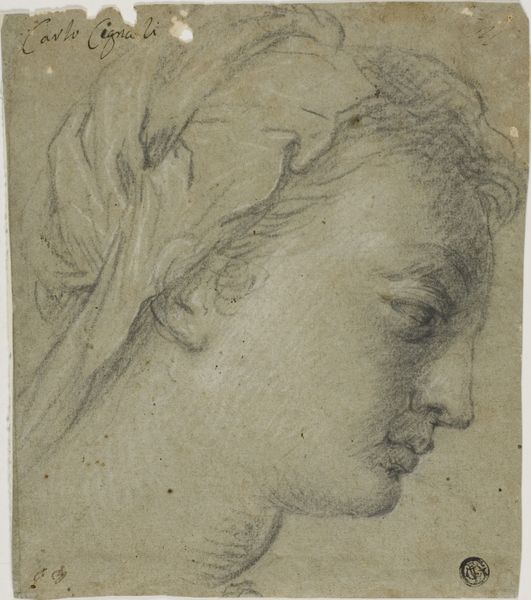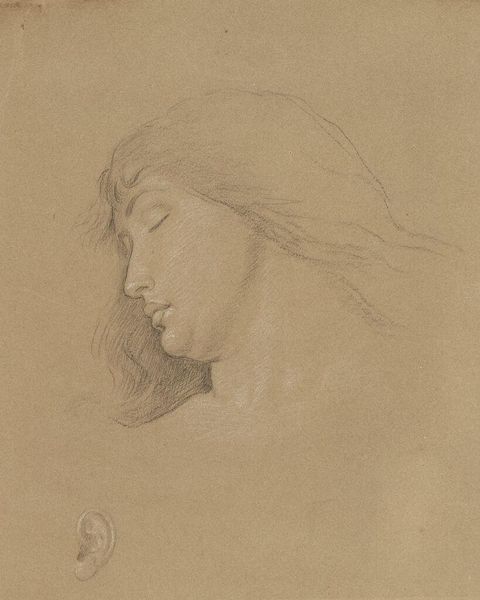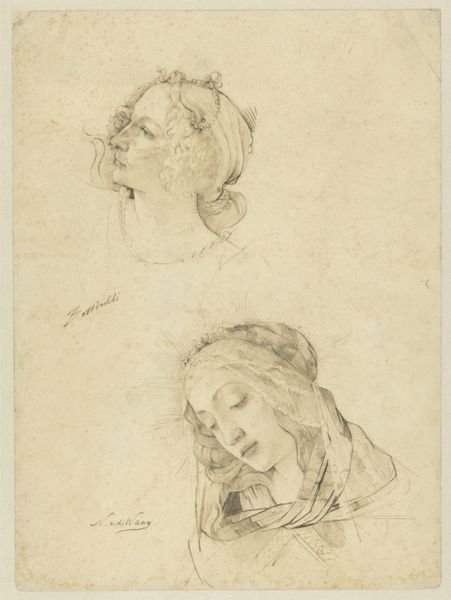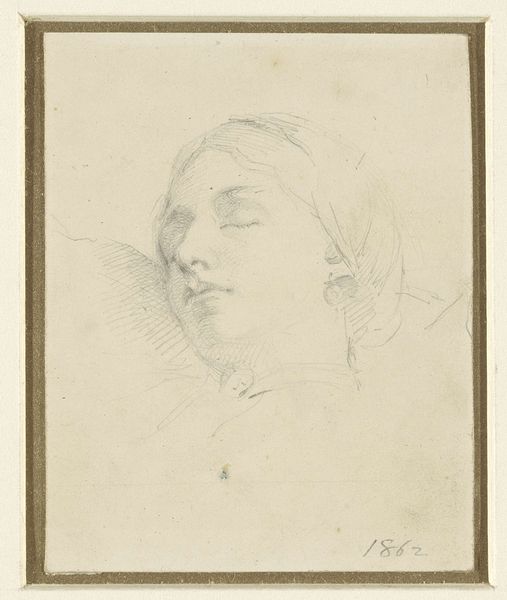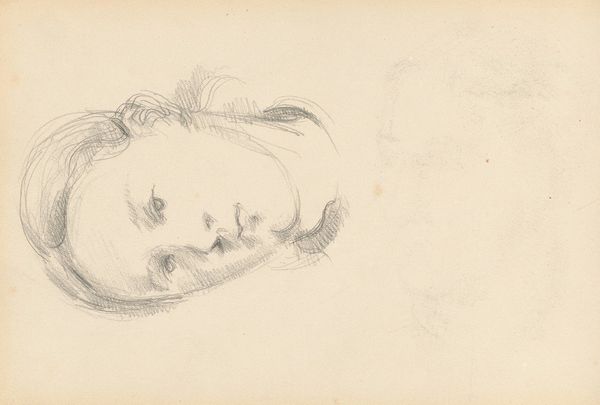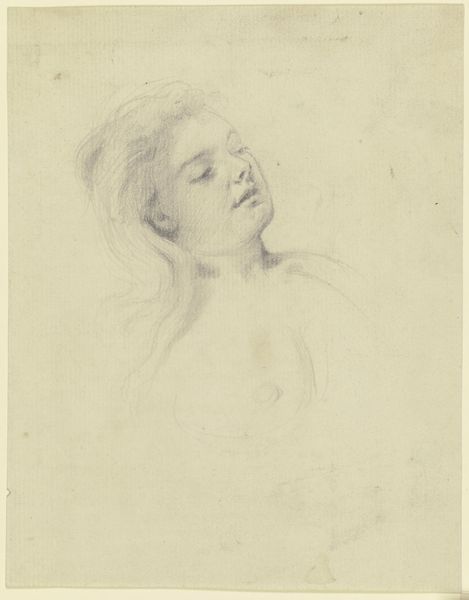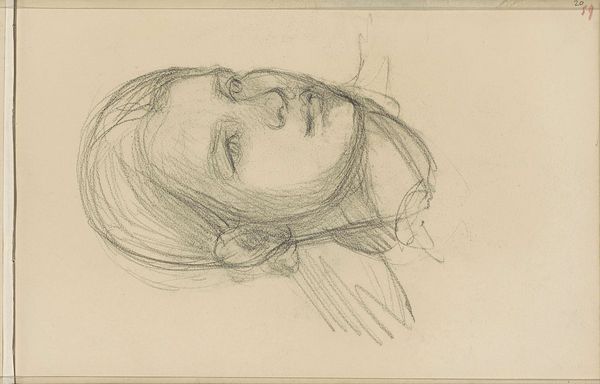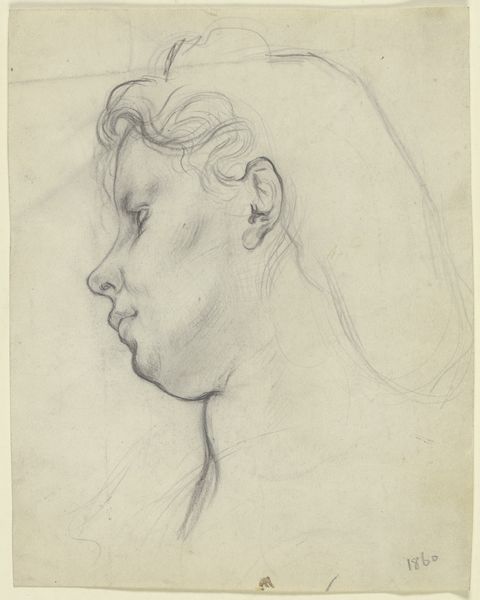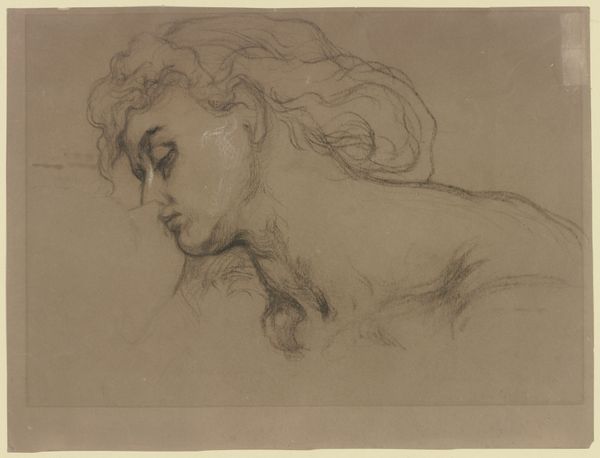
Head Studies of A Young Man Wearing a Hat and of a Black Man 1636 - 1681
0:00
0:00
drawing, print, pencil
#
portrait
#
pencil drawn
#
drawing
#
self-portrait
#
baroque
#
head
# print
#
pencil sketch
#
charcoal drawing
#
figuration
#
pencil drawing
#
pencil
#
men
#
line
#
portrait drawing
Dimensions: Sheet: 13 15/16 × 8 1/4 in. (35.4 × 21 cm)
Copyright: Public Domain
Editor: So, here we have Lucas Franchoys the Younger's "Head Studies of A Young Man Wearing a Hat and of a Black Man," dating from 1636 to 1681. It's a pencil drawing currently residing at the Met. The sketch work seems so delicate but I also get a sense of drama in the contrast. What strikes you when you look at this piece? Curator: What immediately grabs my attention is the juxtaposition of these two head studies and how they function within the social context of the 17th century. Consider the power dynamics embedded in the visual representation of different social groups. How might the portrayal of a "young man wearing a hat" versus a "Black man" reflect the prevailing attitudes and hierarchies of that time? Editor: That's fascinating, I hadn't thought of that. The European subject definitely feels more… elevated, literally and figuratively. Does the medium – a relatively accessible drawing – play into how the piece would have been viewed at the time? Curator: Absolutely. Drawings, unlike commissioned portraits, often served as studies or preparatory works. Their accessibility allowed for broader circulation, potentially influencing public perception of different social identities. We should question what public role could it fulfill. Could this be linked with baroque aesthetics or something else? Editor: Interesting thought. So, it's not just the image itself, but the act of making and distributing the image that contributes to its historical meaning. It gives me so much food for thought. Curator: Exactly. Understanding the social life of images reveals the subtle ways art participates in shaping culture and power relations. Next time we'll try to think even more profoundly about the institutional and historical context of art.
Comments
No comments
Be the first to comment and join the conversation on the ultimate creative platform.
